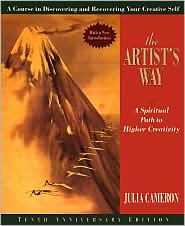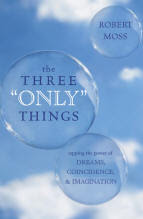ABSTRACT
Given that voters look for signs and symbols to decide which candidate deserves their vote, this dissertation explores three constructs – authorizing figure, authoritarian charisma, and national myth – as tools used gain political power through discourse. These constructs create rhetorical synergy that makes one set of political options appear more viable to a set of others.
Venezuelan President Hugo Chávez bolsters his credibility through extensive leverage of Simon Bolívar as an authorizing figure. In a similar way, national myths provide structural framework through which Chávez presents the nation’s problems and their solutions, making it easy for the Venezuelan people to accept his leadership.
This works because the framing of the situation and the country’s problems in terms recognizable in the Rich Venezuela, Poor Venezuelans myth and Simón Bolívar the National Liberator myth both resonate with voters. Authoritarian charisma enhances Chávez’ credibility as he effectively links himself to the authorizing figure of Simón Bolívar, while committing random acts of authority.
Two of these constructs, the authorizing figure and national myth, connect a country’s past to its present. The authorizing figure and national myth are then used to routinize a charismatic political leader as elaborated in Michael Toth’s Theory of the Two Charismas.
Chávez uses history to simplify reality for two purposes: to facilitate his access to power, and to legitimize his leadership and the Bolivarian Revolution. It is a question of leveraging the resource of language.
How to Make a Vision Board
6 years ago





